Tech Support: (888) 792-7106 Sales & Marketing: (833) 998-7229
Tech Support: (888) 792-7106 Sales & Marketing: (833) 998-7229
Clients treated with Trac9 achieved 82% greater symptom
improvement compared to those treated without Trac9
(23.80 vs 13.08 GRS points, p < 0.001).
Clients treated with Trac9 is have a 6.6 percentage point absolute risk reduction in one-year post-discharge substance use compared to clients treated without Trac9. (Relapse risks: 50.2% untreated, 42.1% treated without Trac9, 35.5% treated with Trac9)
The Trac9 Top Therapists Awards were created to honor and recognize the top therapists across the country. 2nd Quarter Finalists and Winners announced August 1, 2025.
Facilities using Trac9 average 80.1% successful treatment completion compared to national average of 64.5%.
Dive into expert Insights and updates directly from the Trac9 team. Gain our Insights along with case studies, our latest innovations, industry trends, and the science driving our solutions.
Experience Dr. Dempsey’s expert insights on mental health, addiction, and treatment innovation at top conferences and events. Don’t miss the chance to learn from a leading voice in the field.
Enhancing Treatment Effectiveness & Clinical Outcomes

Clients not completing treatment have an extreme risk for relapse. Trac9 facilities have an average successful completion rate of 80.1% (client does not leave AMA or is asked to leave) vs national average of 64.5%. Trac9’s facility-specific predictive algorithm identifies clients most at risk of leaving against medical advice and notifies clinical staff for immediate intervention. Trac9’s algorithm identifies at-risk clients, helping to prevent them from leaving Against Medical Advice.

Patients receiving treatment with Trac9 achieved 82% greater GRS improvement compared to those treated without Trac9 (23.80 vs 13.08 GRS points, p < 0.001).
Each week Trac9 assesses the combination of pathology (symptom) and resilience factors most predictive of sustained recovery.
We call the aggregate score of these factors the Trac9 Global Recovery Score (GRS).

Trac9 is associated with a 6.6 percentage point absolute risk reduction in one-year post-discharge substance use compared to standard treatment without Trac9.
(Relapse risks: 50.2% untreated, 42.1% treated without Trac9, 35.5% treated with Trac9).
Trac9 assesses the combination of factors most predictive of relapse risk to inform treatment.
Client Clinical Monitoring
Trac9 monitors client progress through nine factors scientifically shown to be most predictive of sustained recovery, and includes a combination of pathology and resilience factors. Leveraging 7.5 million completed assessments, Trac9 has identified paths of normality for successful treatment, and provides alerts and clinical suggestions for abnormal progress. Trac9 also monitors co-occurring conditions specific to each client, such as PTSD, OCD, Suicidality, Eating Disorder and many others.
Clinical Supervision
Client outcome data is aggregated by clinician to quantify clinician outcomes. This information can be used to assign each client to the clinician who is the best fit for the client’s significant issues. For example, if a client has abnormally high depression, they can be assigned to the clinician who has the greatest improvement in depression symptoms. This data can also be used to identify clinician development opportunities. In addition, Trac9 monitors adherence to assessment administration and review best practices that lead to enhanced outcomes.
Facility-Level Supervision
Outcome data is further aggregated to the facility level to identify facility strengths and weaknesses with comparisons to Trac9’s national average data. This data can be used to make facility optimization recommendations such as clinical programming changes and training to address gaps.
AMA Predictive Analytics
Trac9’s AMA prediction algorithm is up to 80% accurate at predicting, during the first week of treatment, if a client is at high risk of leaving AMA. Staff is alerted so they can work with the client to proactively head off leaving AMA. Trac9’s AMA prediction algorithm is generated specifically for each facility and is continuously updated to reflect changes in facility programs and personnel.
Clinical Interpretation Training
Clinical Interpretation training is conducted quarterly by one of our psychologists for therapists to learn how to interpret individual factor assessment levels and trends, as well as relationships between factors, to identify issues to address in treatment. This training is an invaluable tool to enhance the clinical team’s capabilities and refine clinical strategies.
CBT Training
Trac9’s CBT Fundamentals course is an eight-week course to deepen knowledge of Cognitive Behavioral Therapy (CBT) as it applies to SUD and related conditions. The course covers both the theoretical foundations and the practical applications of CBT for treating addiction and common co-occurring disorders such as generalized anxiety disorder, major depressive disorder, panic disorder, PTSD and chronic pain. This course emphasizes a process-based approach that fosters lasting cognitive and behavioral change, empowering clients to reshape their thinking patterns, enhance their resilience, and embrace a life of acceptance and recovery.
AMA Blocking Training
Trac9’s AMA Blocking training is a three-week course with ongoing consultation to implement a combination of policies, procedures and techniques proven to block AMAs. All staff at the facility will learn communication techniques to build rapport and trust, exercises for the client to connect with their “why?” for treatment, as well as techniques, policies, and procedures to follow during an AMA incident.
Program Optimization
We meet with your clinical director once per quarter to review program results and provide practical suggestions that have been shown to quickly increase results.
Certified Metrics
Trac9 provides certified metrics you can use for marketing and payer negotiations, such as treatment outcomes, specific symptom reductions, successful treatment completion rates, client satisfaction scores, and others.
Reimbursement Suport
Trac9 provides a guide for billing the relevant CPT codes for assessment administration and evaluation. Trac9 also assists customers to successfully negotiate increased daily rates by providing defensible data regarding treatment outcomes, AMA rates, relapse rates, and comparisons to national averages.
SUD/MH/Dual
Full Continuum of Care:
• Detox
• Residential
• IOP/PHP
• Private Practice
Populations Include:
• Commercial
• Medicaid
• Veteran
• Court Ordered
• Weekly Progress Monitoring
• Co-occurring Conditions
• Client Satisfaction
• Post-Discharge Outcomes
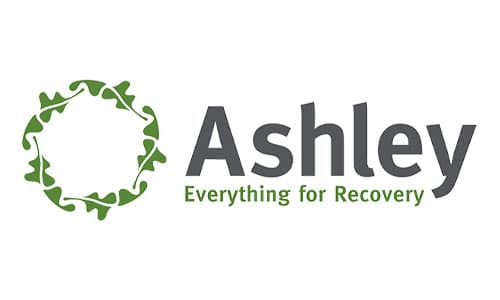
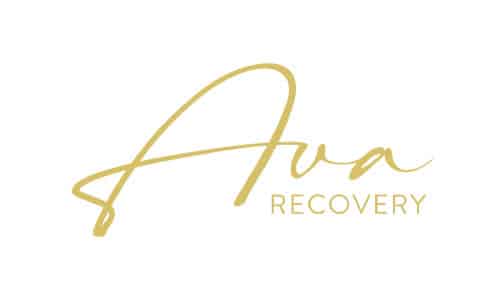
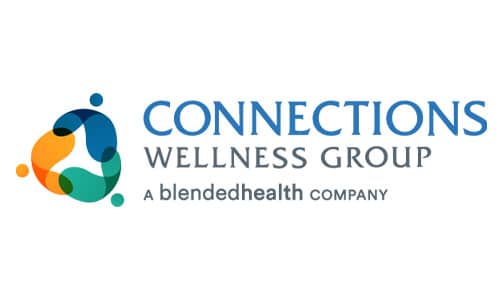
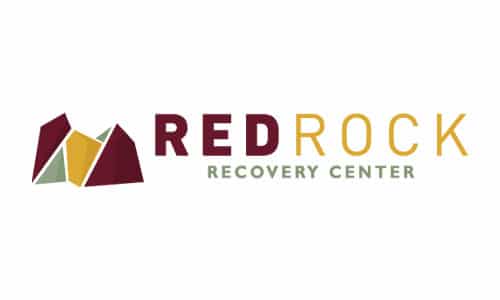
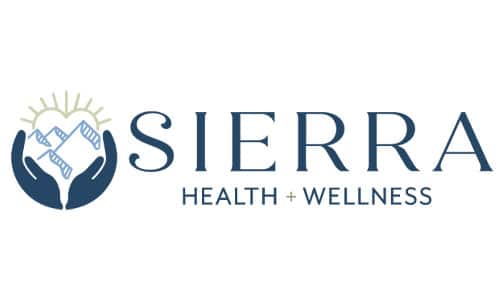
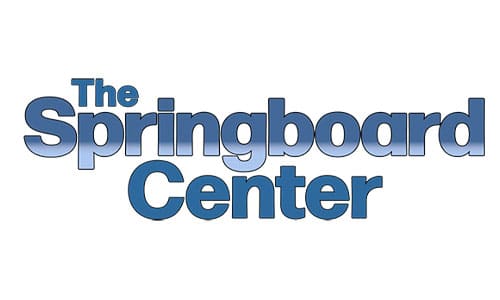
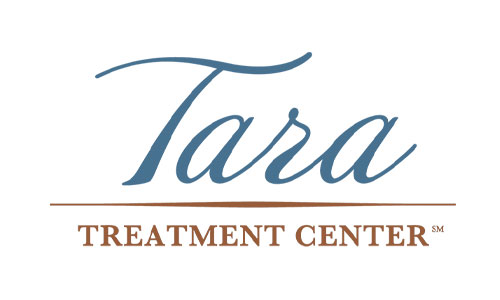
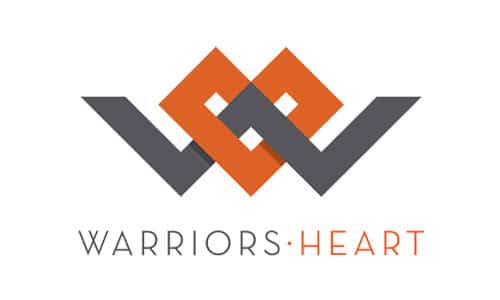
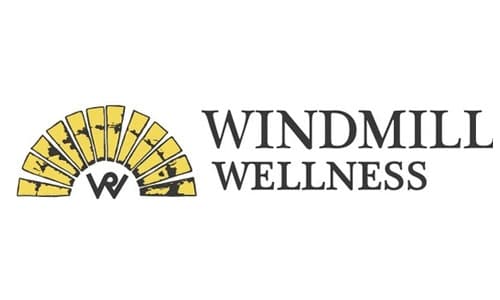
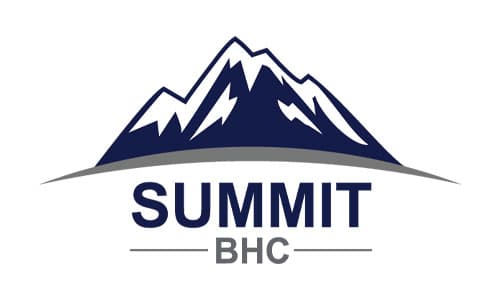
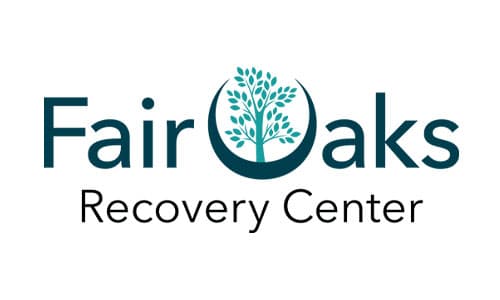
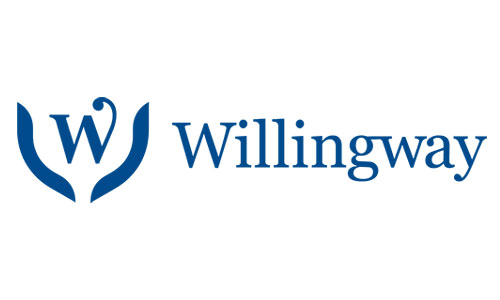
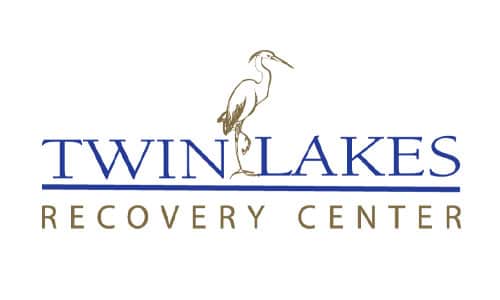
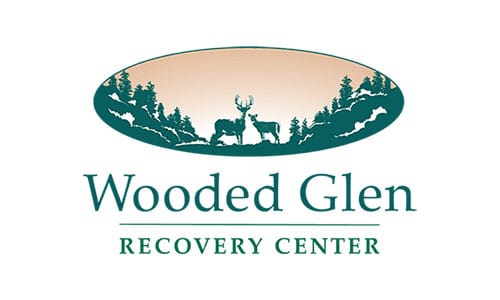
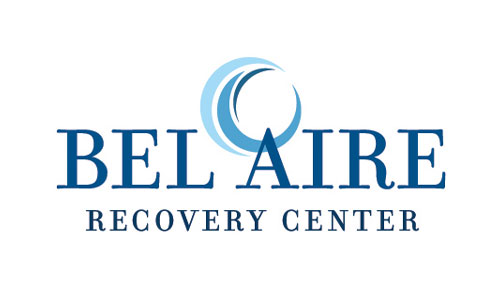
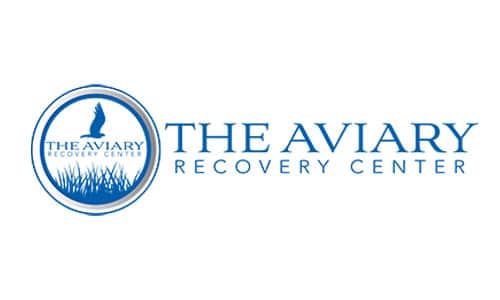
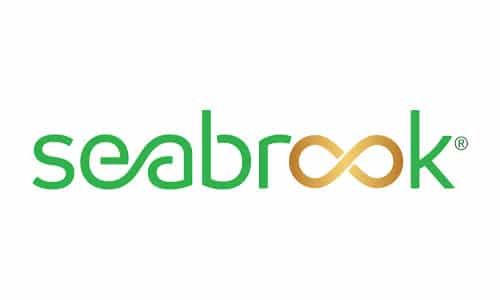
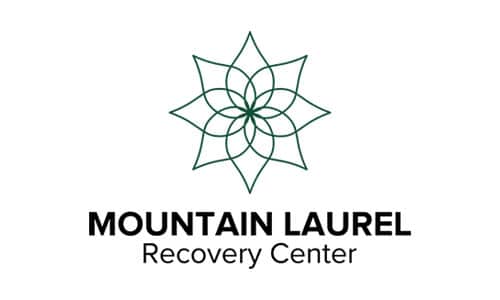
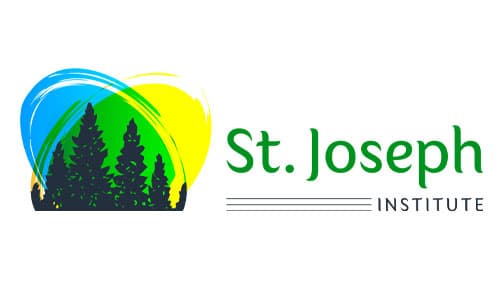
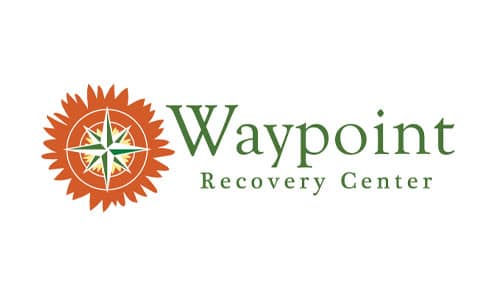
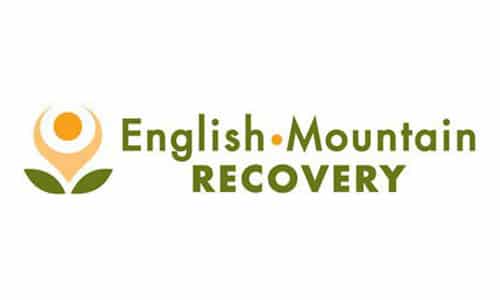
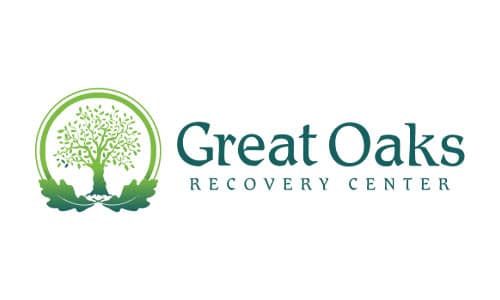
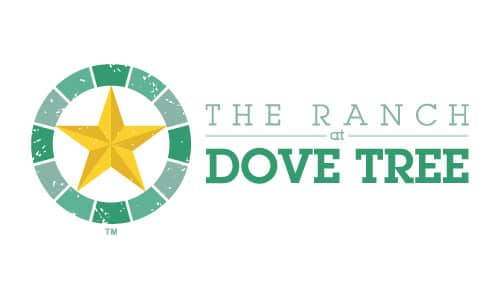
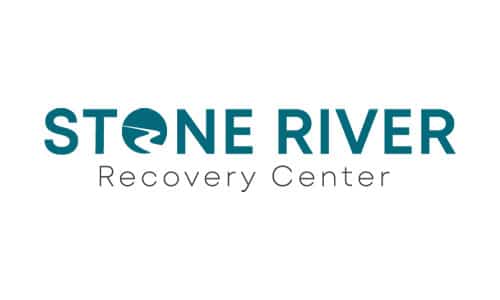
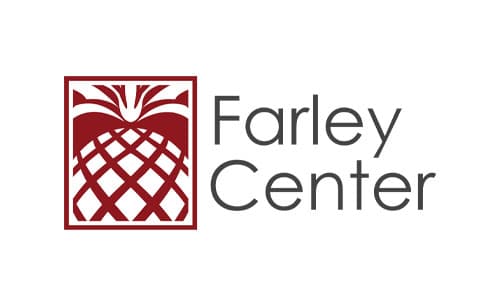
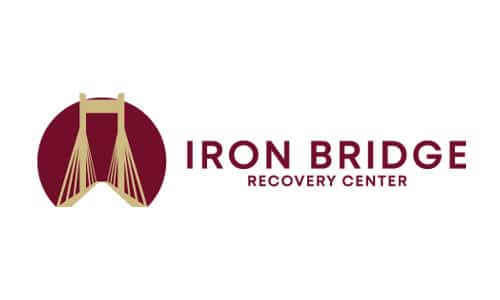
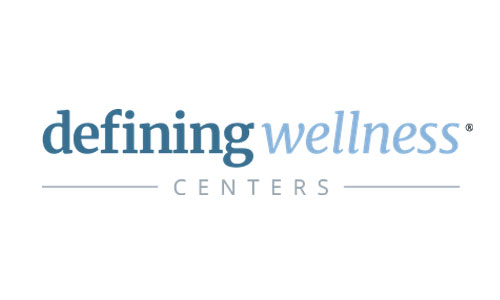
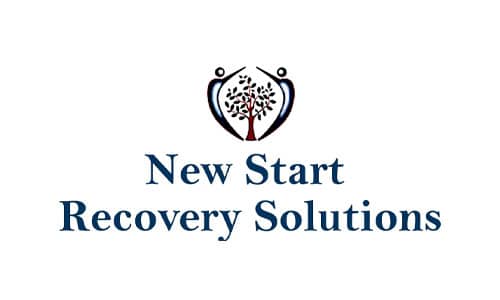
The Trac9 Top Therapists Awards were created to honor and recognize the top therapists across the country. These professionals are truly best-in-class healthcare providers, embodying excellence in clinical care.
This recognition reflects the commitment to excellence in therapy and the high standards each of our partner facilities uphold on a daily basis. We congratulate these therapists for their remarkable achievements and are proud to work with such dedicated professionals.
The Trac9 Top Therapist Award Winners for Q2 of 2025 are:
And we are thrilled to honor the 2024 Trac9 Top Therapist Award Winners for the full year:
Featuring Jared P. Dempsey, Ph.D.
Improved outcomes through feedback-informed clinical care.
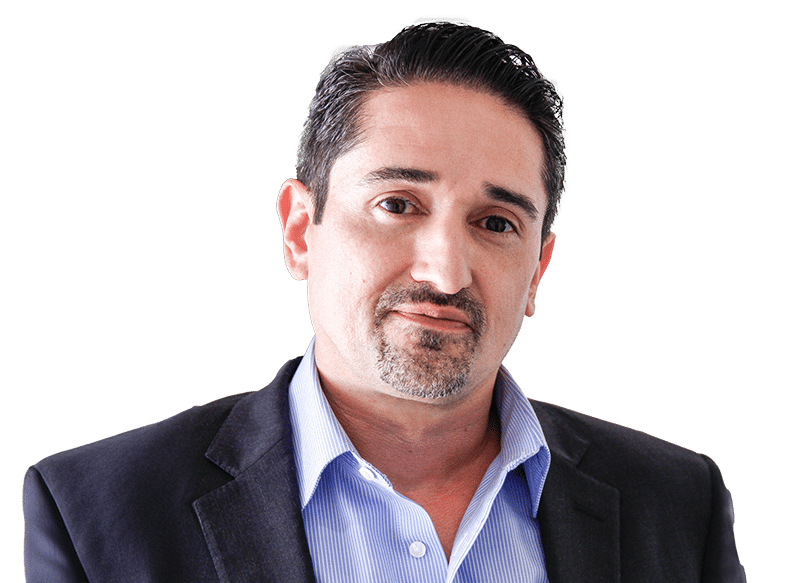
“The trust that people place in us when they enter treatment motivates us to provide the gold standard of care and innovate. This means that we have to adapt and utilize new treatment methods and tools to help our patients start a new life in recovery. One of those tools is Trac9! We’re very excited about the doors Trac9 will open for us in improving our care even further and embracing our mission to its fullest!”
Ashley Treatment Centers